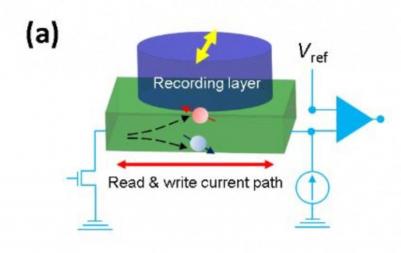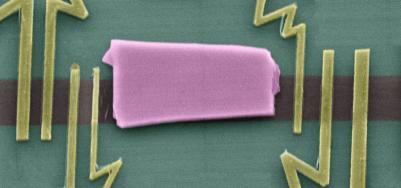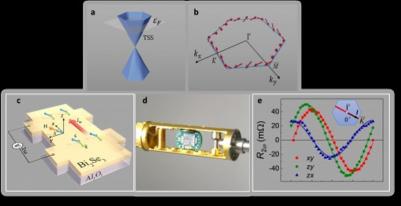Researchers synthesize highly-ordered topological semimetal thin films via sputtering technology
A team of scientists from the University of Minnesota Twin Cities has synthesized a thin film of a unique topological semimetal material that has the potential to generate more computing power and memory storage while using significantly less energy. The researchers were also able to closely study the material, leading to some fascinating findings about the physics behind its unique properties.
Much attention is put into developing the materials that power electronic devices. While traditional semiconductors are the technology behind most of today's computer chips, scientists are always looking for new materials that can generate more power with less energy to make electronics better, smaller, and more efficient. One such candidate for these new and improved computer chips is a class of quantum materials called topological semimetals. The electrons in these materials behave in different ways, giving the materials unique properties that typical insulators and metals used in electronic devices do not have. For this reason, they are being explored for use in spintronic devices, an alternative to traditional semiconductor devices that leverage the spin of electrons rather than the electrical charge to store data and process information.


